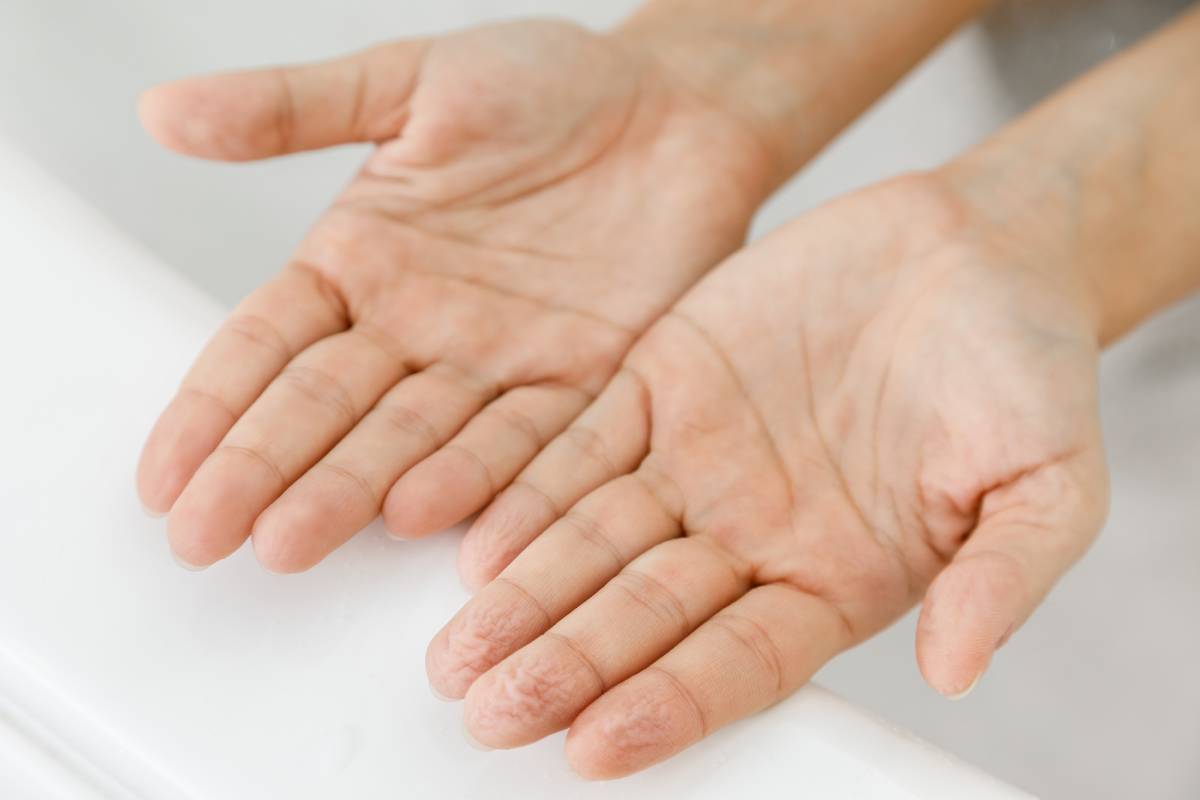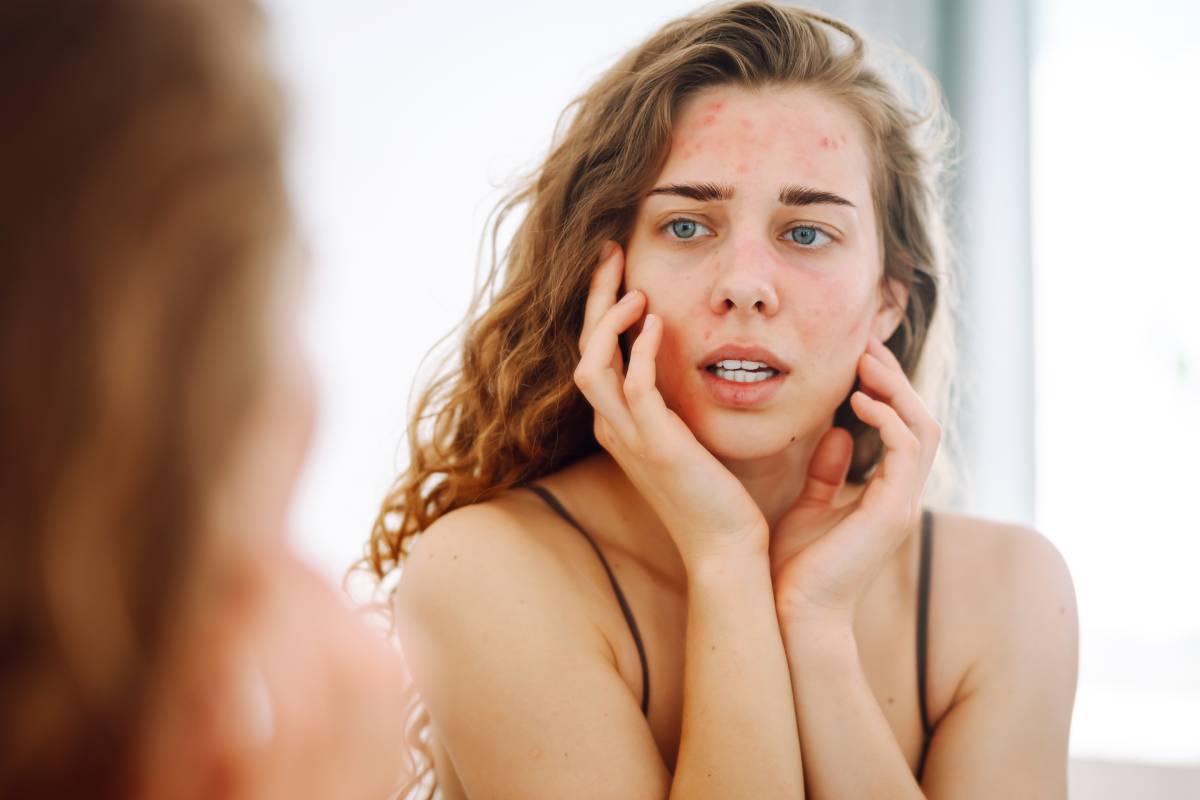
7 Tips to Know Before Your Period Ends in Perimenopause?
Perimenopause is a natural transitional phase marking the end of a woman’s reproductive years typically occurring in the late 30s to early 50s.
During this time, hormonal fluctuations can lead to physical, emotional and mental changes that vary in intensity.
Recognizing the early signs and understanding the stages of perimenopause can empower women to navigate this journey with confidence.
This guide explores the symptoms, stages, and practical strategies for managing perimenopause effectively.
What Are the First Signs of Perimenopause Starting?
The onset of perimenopause can bring a variety of symptoms, which may be subtle at first but become more noticeable over time.
Irregular Periods
One of the hallmark signs of perimenopause is changes in the menstrual cycle. Periods may become shorter longer heavier or lighter and the time between periods may fluctuate.
Hot Flashes and Night Sweats
Sudden feelings of intense heat, often accompanied by sweating and flushing, are common symptoms. Night sweats can disrupt sleep and contribute to fatigue.
Mood Changes
Hormonal fluctuations can lead to mood swings irritability, and even increased anxiety or depression.
Sleep Disturbances
Difficulty falling asleep staying asleep or experiencing restless nights are common issues during perimenopause.
Vaginal Dryness
Reduced estrogen levels can cause vaginal tissue to become thinner and less lubricated, leading to discomfort during intercourse.
Decreased Libido
Some women notice a decline in sexual desire during perimenopause.
Fatigue
Persistent tiredness or a lack of energy can be a sign of hormonal shifts.
These symptoms can vary widely in intensity and duration. Some women experience only mild symptoms, while others may find their daily lives significantly impacted.
Acne
Hormonal changes during perimenopause can also trigger acne outbreaks. Some women may experience an increase in breakouts, especially along the jawline and chin area as testosterone levels fluctuate.
Antihistamines may help relieve acne by reducing inflammation and redness especially when allergies or histamine related factors contribute to breakouts.
However, they don’t address the root causes of acne like hormonal imbalances or excess oil production.
Tracking symptoms and consulting a healthcare provider can help women manage this transition effectively.
What Are the 7 Stages of Perimenopause?
Perimenopause can be divided into distinct stages that reflect the gradual changes in hormonal levels and reproductive function.
While not every woman will experience all stages in the same way, understanding these phases can provide valuable insight into what to expect.
Early Perimenopause
- This stage typically begins in a woman’s late 30s to early 40s.
- Hormone levels particularly estrogen, start to fluctuate.
- Menstrual cycles may remain regular but may begin to shorten or become slightly unpredictable.
- Symptoms such as mild hot flashes and mood swings may appear.
Mid Perimenopause:
- By this stage periods become noticeably irregular.
- Hormonal fluctuations become more pronounced.
- Symptoms like night sweats sleep disturbances and increased mood changes may become more noticeable.
- Fertility declines significantly.
Late Perimenopause
- This stage typically occurs in the late 40s to early 50s.
- Menstrual periods may be absent for several months but are not yet completely gone.
- Symptoms like hot flashes and vaginal dryness may intensify.
- Many women experience a heightened sense of emotional sensitivity and physical discomfort.
The Menopause Marker
- Menopause is officially defined as 12 consecutive months without a menstrual period.
- This is a significant milestone marking the end of reproductive capability.
Early Postmenopause
- This phase occurs within the first few years after menopause.
- Symptoms such as hot flashes and mood swings may persist but often gradually decrease.
- Bone density and cardiovascular health may require monitoring due to declining estrogen levels.
Mid Postmenopause
- Symptoms of menopause, such as hot flashes, generally subside.
- The body stabilizes with consistently low estrogen levels.
- Attention to long term health becomes critical with a focus on maintaining bone density and heart health.
Late Postmenopause
- This phase occurs many years after menopause.
- The risk of age related conditions such as osteoporosis and cardiovascular disease increases.
- Maintaining a healthy lifestyle through diet, exercise and medical care becomes essential.
Managing Perimenopause
While perimenopause is a natural process its symptoms can be challenging. Here are some strategies for managing this transition effectively:
Lifestyle Changes
Regular exercise a balanced diet stress management and adequate sleep can help alleviate many perimenopausal symptoms.
Hormone Therapy
For women with severe symptoms hormone replacement therapy (HRT) may be recommended by healthcare providers.
Non Hormonal Treatments
Natural remedies such as black cohosh and phytoestrogens, and medications for specific symptoms like antidepressants may be effective.
Regular Health Screenings
Bone density tests cardiovascular assessments, and routine check ups can help detect and manage health risks associated with menopause.
Support Groups and Counseling
Sharing experiences with other women going through perimenopause can provide emotional support and practical advice.
Conclusion
Perimenopause is a natural yet transformative phase in a woman’s life. Understanding its stages and recognizing the early signs can help women navigate this journey more confidently.
By adopting healthy lifestyle habits seeking appropriate treatments and staying proactive about health monitoring women can manage the physical emotional and mental challenges associated with this transition.
With the right support and information, perimenopause can be an opportunity to embrace new phases of growth wellness and self care.






